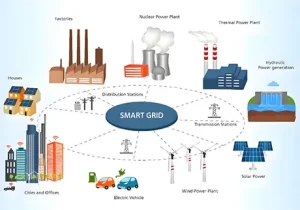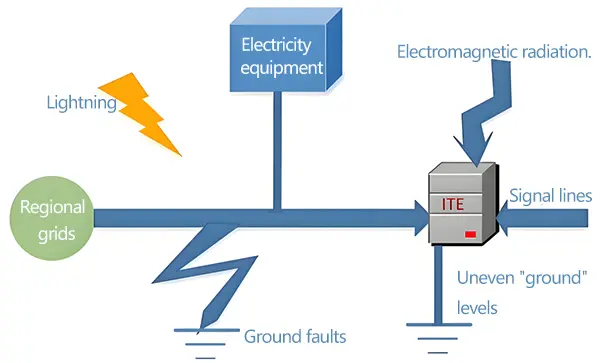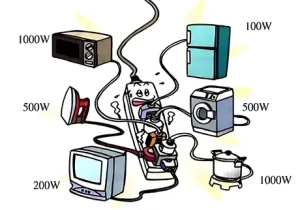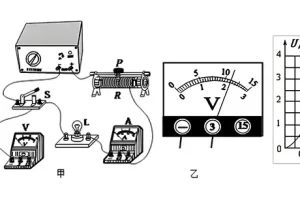
Home » Common Phenomena And Causes Of Three-Phase Voltage Unbalance
Common phenomena and causes of three-phase voltage unbalance
◴ 2024-08-28
In the neutral ungrounded system, there are various causes of voltage unbalance, the most common of which are disconnection of the high and low voltage sides (fuse blowing) and grounding of the primary system. Other causes include three-phase load imbalance, and neutral arcing device failure.
High-voltage side disconnection (insurance fuse)
A wire break on the high-voltage side can lead to voltage unbalance. Even though the voltage in the fused phase decreases after the break, it does not go to zero, the remaining two phases remain at normal voltage, and the vector angle difference between the three-phase voltages remains at 120°. In this case, the unbalanced voltage will appear at the open triangle and output zero sequence voltage. For example, when the high-voltage fuse of phase A is blown, a zero-sequence voltage of about 33 V is generated, which triggers the earthing device and sends out an earthing signal.

Low-voltage secondary disconnection (fuse blowing)
A LV secondary disconnection results in the voltage of the fused phase being reduced, but still not zero, while the remaining two phases remain at normal voltage, and the vector angle difference between the three-phase voltages is 120°. Since the primary side voltages are balanced, open triangles do not produce unbalanced voltages and do not signal grounding. This feature can be used to determine whether the disconnection occurred on the high voltage side or the low voltage side.
Metallic grounding
When metallic grounding occurs at a certain point of the line or equipment (e.g., phase A is grounded), the grounded phase voltage drops to zero, and the grounded voltages of the other two phases increase to line voltage, resulting in a severe displacement of the neutral point. Neutral displacement voltage and grounding phase voltage in the opposite direction and equal size. Metallic grounding is not limited to transmission lines, but may also occur in substation equipment, such as lightning arrester or transformer, increasing the difficulty of troubleshooting.
Three-phase load asymmetry
Three-phase load asymmetry can lead to voltage unbalance, especially in weak regional grids. This can be caused by outgoing circuits operating with missing phases, fuses in one phase of the customer’s equipment fused or disconnected, unbalanced line parameters, and imperfect line switching.
Arc extinguishing device grounding
Some substations installed arc extinguishing device may cause bus voltage imbalance. This is usually because the arc extinguishing device in order to obtain the neutral voltage and set the unbalanced voltage, but usually within the qualified range, will not affect the normal operation of the equipment.



